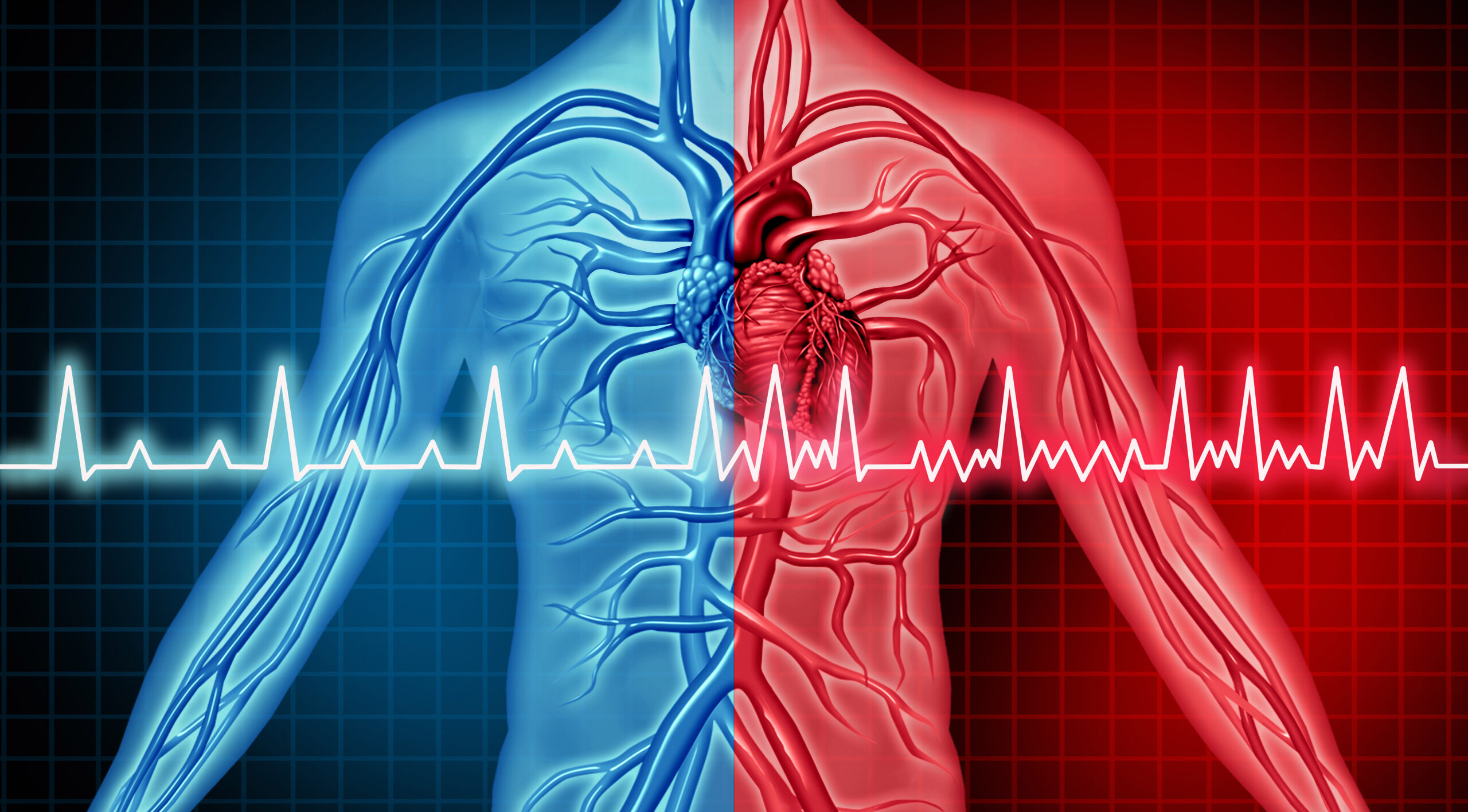A widespread heat wave is settling in for what may be weeks across much of the United States and Canada. The summer of 2020 is shaping up to be hotter than average. For people with atrial fibrillation, the sweltering heat can put an extra strain on the heart.
According to a recent EveryDay Health report, 2.7 million Americans live with AFib, an irregular heartbeat that can be triggered by extreme heat. Hot summer weather can also cause dehydration and increase the risk of stroke and heart attack. But there are measures older adults can take to protect themselves during periods of extreme heat.
Staying hydrated is a key component of preventing stress on the heart; in very hot weather the body loses more fluids and salts through sweat and dehydration can cause the heart muscle to work harder which may trigger atrial fibrillation. Older adults may not feel thirsty until they are already dehydrated so it’s important to plan to drink between 6 and 12 ounces of water for every 10 to 15 minutes of outdoor activity. Avoid alcohol which is a diuretic and can increase dehydration.
Plan outdoor activity during the cooler parts of the day; in the early morning or evening. If you have a heart condition, don’t exercise outdoors during very hot weather. High humidity can also interfere with sweat evaporating off the skin, preventing the body from cooling itself. If the heat index is above 80 F, older adults should be cautious about spending time outdoors.
People with a heart condition who are going to be outdoors in extreme heat should plan to have a friend or family member nearby who knows the symptoms of heat exhaustion and AFib. Heart fluttering or palpitations are warning signs of atrial fibrillation; get out of the heat and cool off with air conditioning or a cool damp towel. Get medical treatment immediately if you or a loved one experiences vomiting, chest pain, or shortness of breath in very hot weather.
Don’t forget to dress in breathable, lightweight clothing, wear sunscreen to prevent burns which can make it more difficult for the body to cool itself and stay in the shade or wear a wide-brimmed hat.
Learn more about the role AFib plays in classic heatstroke by following this link to a recent study published in BMJ Heart Asia.






Add Your Voice
0 Comments
Join the Discussion